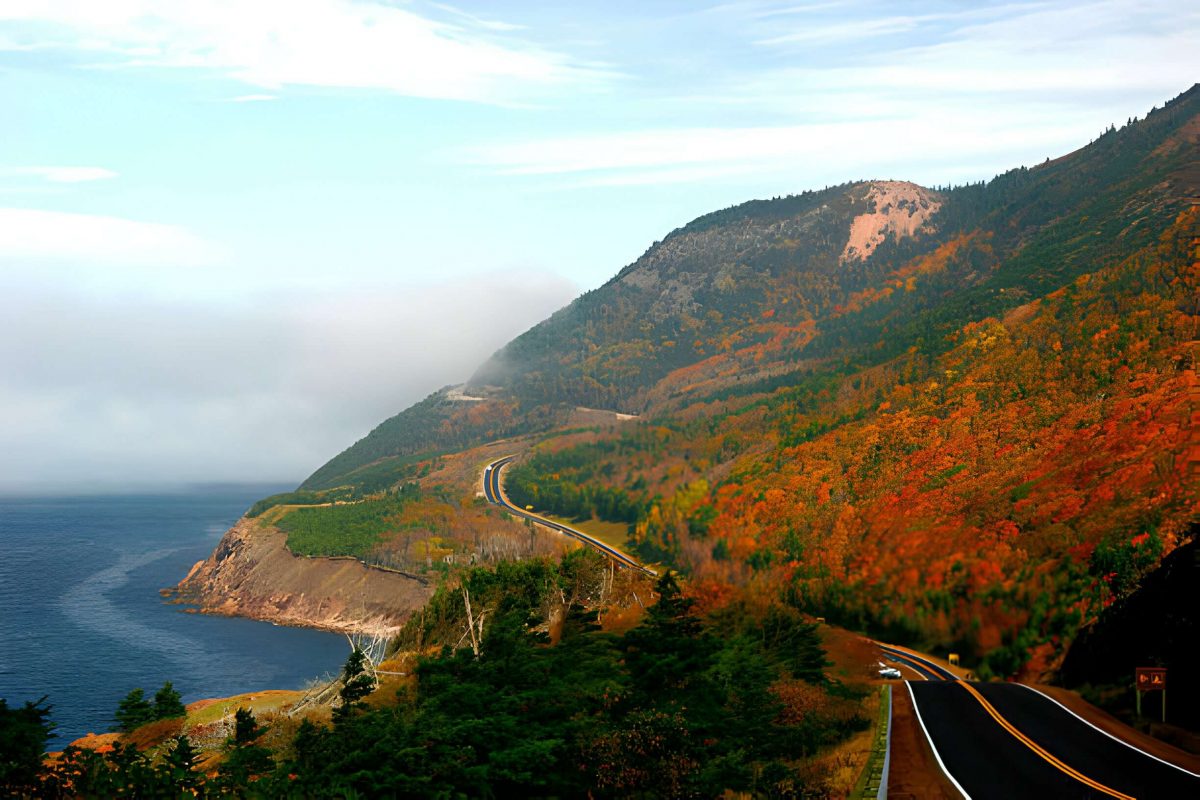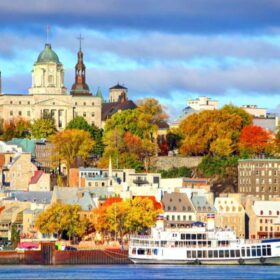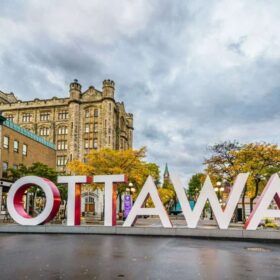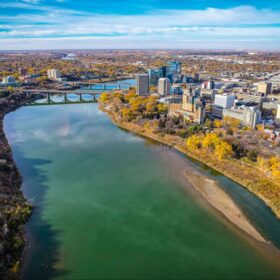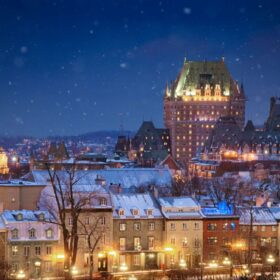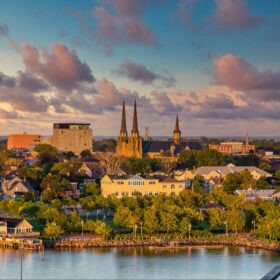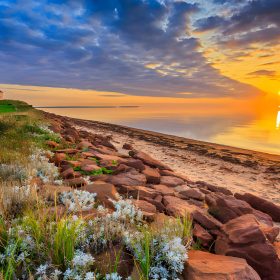Cape Breton Island, positioned in the northeastern part of Nova Scotia, boasts some of Canada’s most stunning coastal scenery, with its highest mountains cascading almost directly into the sea at certain points. Linked to the mainland by a causeway across the Strait of Canso, the island’s heritage is a fusion of Celtic and Acadian French cultures, celebrated through festivals and community events in towns and villages.
While the Cape Breton Highlands National Park and the iconic Cabot Trail in the north, as well as the meticulously restored French Fortress of Louisbourg in the southeastern corner, attract tourists, they are just a glimpse of the island’s myriad attractions. Hiking trails intricately weave through the national park, offering camping opportunities, and the picturesque beaches in Ingonish and other locations are popular among families.
In October, the Celtic Colors Festival becomes a focal point, drawing Celtic artists from across the diaspora, and the island’s four 18-hole golf courses rank among the best in Canada. To plan your trip, explore our list of the best things to do in Cape Breton Island.
1. Cabot Trail
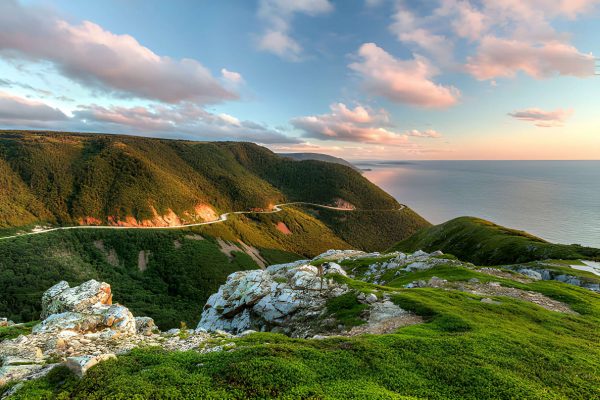
The Cabot Trail, a 300-kilometer scenic route in the northern part of the island, commences from Baddeck and winds its way around Cape Breton Highlands National Park. Its name pays homage to the Italian explorer Giovanni Caboto (John Cabot), who, in 1497, sailed to North America and claimed land in what is now Canada for England.
Featuring cliffs plunging into the ocean, rounded mountains, highland moors, glacially marked rocks, and ancient forests, the Cabot Trail stands out as one of the most picturesque stretches of road in North America. Throughout the journey, drivers are enticed by viewpoints, beaches, hiking trails, small towns, and various scenic attractions, prompting them to stop and savor the surroundings.
Apart from the allure of hiking and breathtaking scenery, the towns along the Cabot Trail offer a range of year-round outdoor activities, including kayaking, horseback riding, cross-country skiing, and ice fishing.
2. Hiking Trails in Cape Breton Highlands National Park
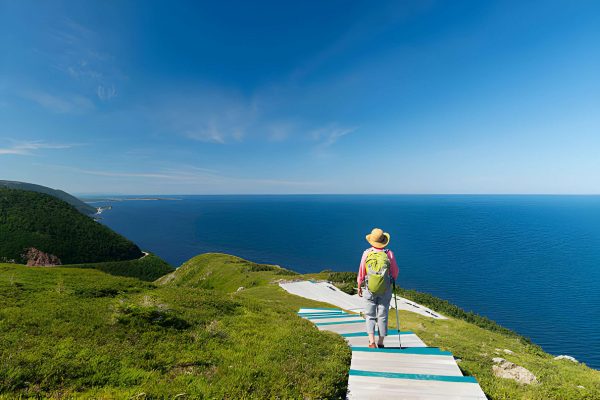
Besides exploring the Cabot Trail, one of the favored activities in Cape Breton Highlands National Park is hiking its picturesque trails and immersing oneself in its natural wonders. This mountainous national park, situated in the island’s northern region, spans over 950 square kilometers and is inhabited by various wildlife such as moose, beavers, deer, wild cats, ducks, boreal birds, and eagles.
Among the numerous footpaths and hiking trails, the Skyline Trail stands out as one of the most popular and accessible. Originating at the summit of French Mountain, adjacent to the Cabot Trail, the trail follows a relatively level path to a striking headland where cliffs meet the sea. It is crucial to stick to the boardwalk for both safety reasons and the preservation of the delicate plant life on the headland.
The trail also offers a captivating view of the Cabot Trail winding far below. The round trip covers 6.5 kilometers, or for a slightly more rugged experience, an 8.2-mile loop is an option.
Cape Breton Highlands National Park is home to two notable waterfalls on Cape Breton Island: Beulach Ban Falls near Ingonish and the smaller Mary Ann Falls. Visitor centers for the park are conveniently located near Chéticamp and Ingonish on the Cabot Trail.
3. Cape Breton Miners’ Museum
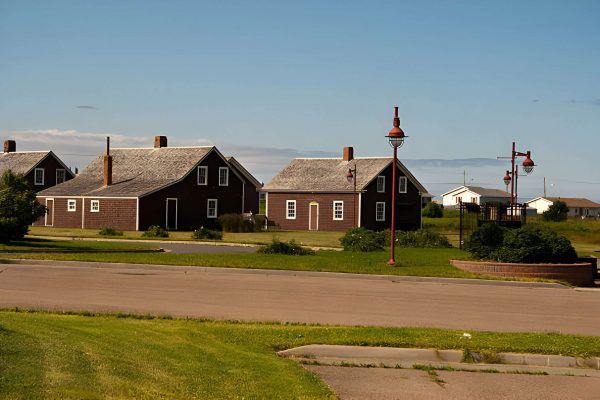
For centuries, Glace Bay has been renowned for its coal resources, with vast coal deposits discovered on the hill where the town was established, initially mined by the French in 1720. The Cape Breton Miners’ Museum not only delves into the origins of coal but also showcases both traditional and modern coal mining techniques. Retired miners conduct captivating tours of an authentic coal mine, sharing firsthand stories of their lives and experiences working the coal seams.
Adjacent to the museum stands a reconstruction of miners’ quarters from the latter half of the 19th century. The Men of the Deeps, a choir composed of current and former Cape Breton coal miners, performs weekly evening concerts during the summer.
Also situated in Glace Bay, the Marconi National Historic Site focuses on the life and contributions of Guglielmo Marconi, known as the Wizard of Wireless, who demonstrated the feasibility of transmitting messages across the Atlantic using electromagnetic waves rather than wires.
4. Les Trois Pignons, Chéticamp
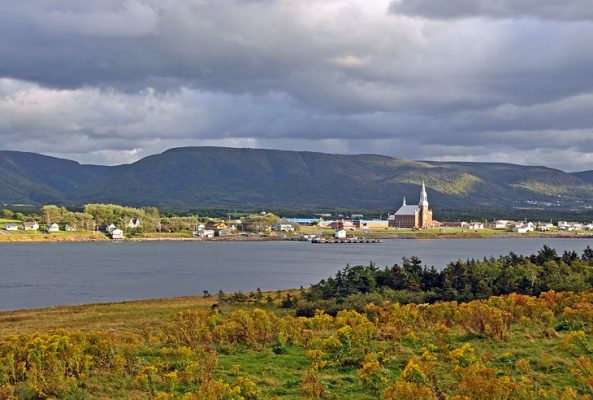
Les Trois Pignons, located in Chéticamp, a quaint Acadian fishing village bordering Cape Breton Highlands National Park, is dedicated to the artistry perfected by Acadian women who settled in the area: rug hooking. The establishment seamlessly weaves together the region’s history with the evolution of hooked rugs, preserving entire rooms furnished with household items and offering a glimpse into the lives of Acadian settlers in this part of the island.
However, what will leave a lasting impression is the extensive display of antique and contemporary rug hooking featured in gallery after gallery. The exhibits encompass a range of pieces, from small scatter rugs to room-sized masterpieces and wall hangings, including hooked portraits crafted by artist Élizabeth LeFort. Notably, her portrait of President Dwight Eisenhower, displayed in the White House, was composed of 160,000 tiny loops of wool fabric.
5. Fortress of Louisbourg National Historic Site
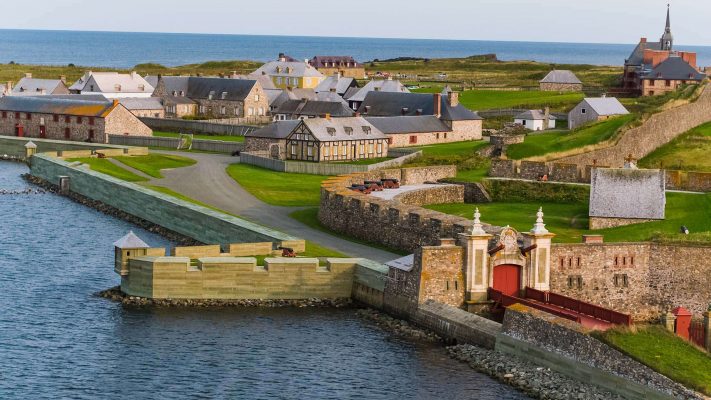
The Fortress of Louisbourg stands as Canada’s most renowned historical reconstruction, meticulously brought back to life from ruins and historical records to form an extraordinary living history museum. Visitors are immersed in the challenges of mid-18th-century life on the unforgiving and often mist-covered east coast of Canada.
Throughout the primary tourist season, authentically costumed “townspeople,” including servants, soldiers, merchants, maids, and fishermen, engage in re-enactments of the demanding daily routines of that era. Restaurants offer specialty dishes prepared from traditional recipes.
Surrounded by a fortified wall with towers and bastions, the fortress comprises over forty buildings. The town, featuring seven blocks of reconstructed houses, was strategically located by the water for ship mooring. The most opulent structures can be found in the Bastion du Roi, which housed the representative of the French King. The barracks for ordinary soldiers were modestly furnished.
Visitors can participate in various activities, such as firing a musket, spending the night in a period-style house, or camping in an authentic 18th-century-style tent.
6. Highland Village

This living history museum, nestled in the heart of the Bras d’Or Lakes, is dedicated to Gaelic culture. It vividly captures the lives of Scottish families who established themselves in the area through period homes, a church, a general store, and a one-room schoolhouse. The atmosphere is enriched by a blacksmith at work, farmers tending to crops, and women preparing meals in the kitchens. Costumed interpreters showcase activities such as spinning, dyeing, and weaving. Visitors may also experience the lilting rhythms of the Gaelic language and traditional music, and perhaps even participate in a Gaelic milling frolic.
The Bras d’Or Lakes, spanning over 1,000 square kilometers in southern Cape Breton Island, boast a network of bays with both fresh and salt waters, offering ample opportunities for boating and sailing. Recognized as a UNESCO Biosphere Reserve, these lakes contribute to the region’s natural splendor.
7. Alexander Graham Bell National Historic Site
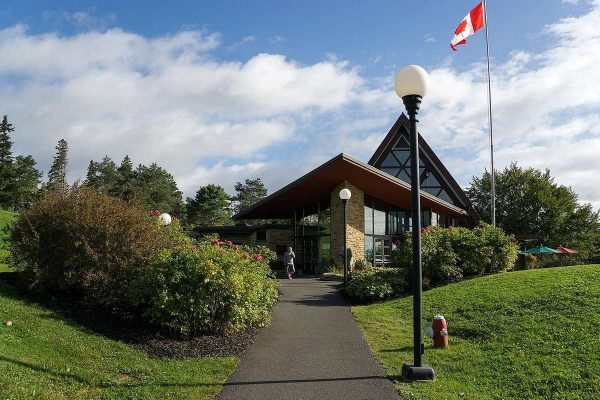
At the summer residence of inventor Alexander Graham Bell, you can gain insight into the life and achievements of the individual credited with inventing the telephone and applying his genius to fields such as flight and artificial respiration. The Alexander Graham Bell National Historic Site showcases personal belongings and documents belonging to the renowned inventor, along with components of two hydroplanes designed and powered by Bell’s aircraft engines.
Special programs, including the White Gloves Tour allowing visitors to handle authentic artifacts, and the Tetrahedral Kite Workshop, where participants can construct and test a kite inspired by Bell’s designs, enhance the visitor experience. Situated on the shores of Bras d’Or Lake, in the picturesque town of Baddeck, this location serves as a starting point for the Cabot Trail scenic drive.
8. The Lighthouses of Isle Madame
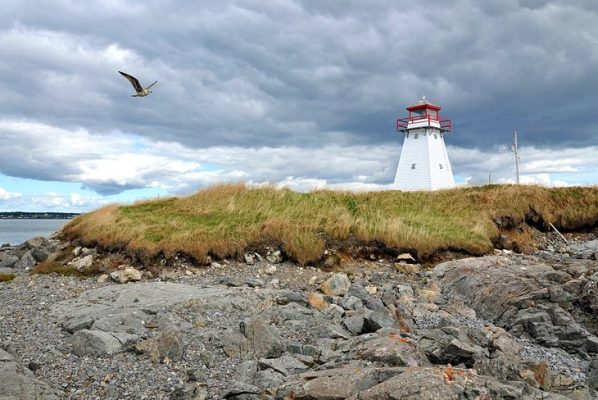
Nova Scotia boasts the highest number of lighthouses among Canadian provinces, and some of the most picturesque ones can be found on Isle Madame. You can access a map to explore them independently or opt for a guided driving and walking tour with the Isle Madame Lighthouse Preservation Society. During these tours, you will be regaled with tales about the lighthouses, their keepers, and maritime mishaps, and even discover the reason behind American Revolution Commander John Paul Jones’ visit to the island.
Originally settled by the French, Isle Madame became a haven for Acadians during their expulsion. Many sought refuges on Cape Breton Island, with some managing to escape deportation by finding shelter on Isle Madame. The charming villages on the island still exude a distinct French influence.
FAQs
Q: When is the best time to visit Cape Breton Island?
A: The best time depends on your preferences. Summer offers warm weather, while fall showcases stunning foliage. Winter provides a serene escape, and spring brings blooming landscapes.
Q: Are there family-friendly activities on the island?
A: Absolutely! Cape Breton offers family-friendly hikes, beaches, and cultural experiences suitable for all ages.
Q: What should I pack for a trip to Cape Breton?
A: Pack layers, sturdy hiking shoes, and essentials like sunscreen. Be prepared for changing weather conditions.
Q: Can I experience traditional music and dance on the island?
A: Yes, Cape Breton is renowned for its Celtic music and lively ceilidhs. Attend local events for an authentic experience.
Q: Are there guided tours available for exploring Cape Breton?
A: Yes, various guided tours cater to different interests, from cultural exploration to outdoor adventures.

